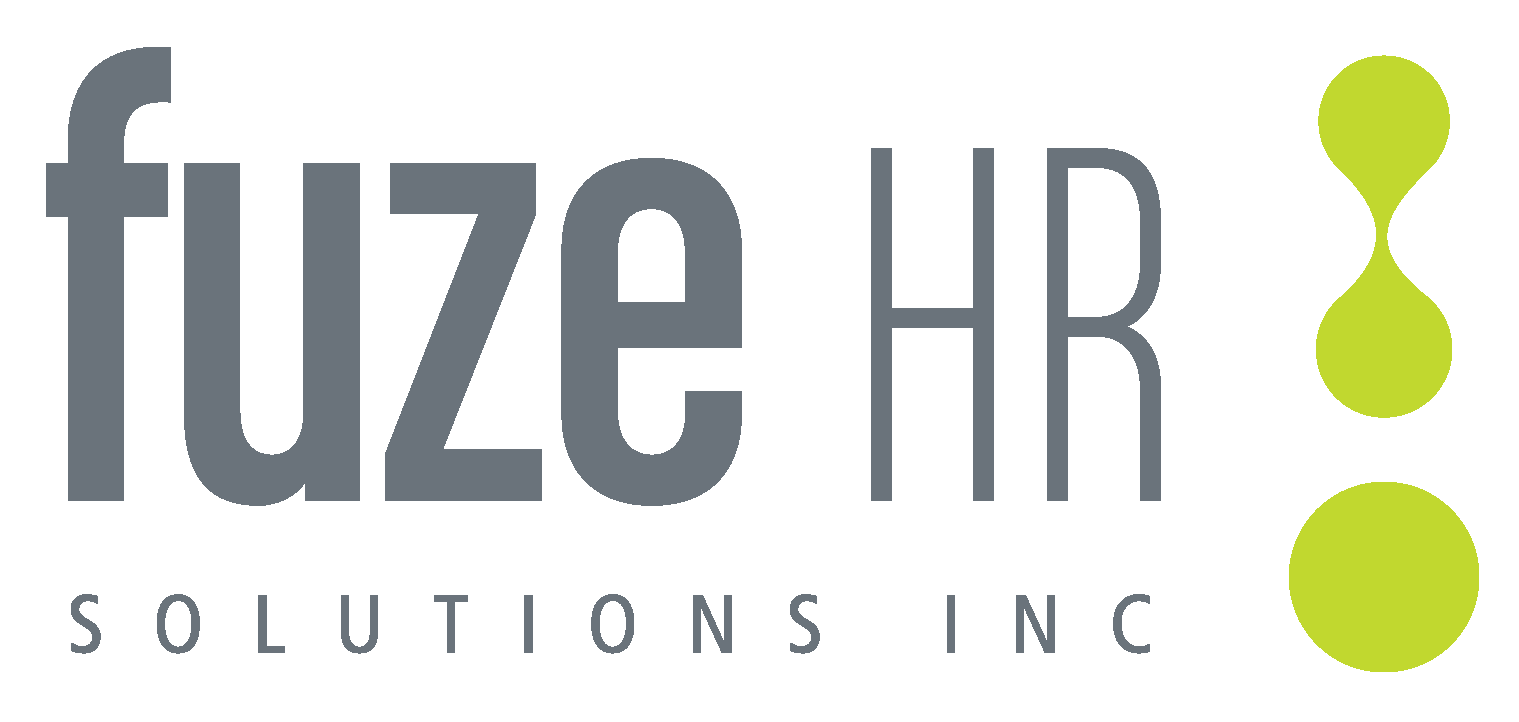The Role of Employee Relocation in Talent Mobility
Employee relocation is a key aspect of talent mobility, involving the transfer of employees to different geographic locations. This practice not only meets the strategic needs of the business but also provides employees with valuable personal and professional growth opportunities. Here’s why employee relocation is vital:
- Meeting Business Needs: Relocating employees to areas where their skills are in high demand helps address talent shortages and supports business expansion into new markets.
- Enhancing Employee Skills: Exposure to different work environments and challenges broadens employees’ experiences and skill sets, preparing them for future leadership roles.
- Boosting Employee Engagement: Offering relocation opportunities shows a commitment to employees’ career growth, increasing their loyalty and engagement.
Trends Shaping Global Mobility and Employee Relocation
In the dynamic landscape of today’s economy, many companies are reassessing their domestic employee relocation benefits to better support current talent management objectives. External events, demographic shifts, and other macro trends significantly influence mobility policies in 2024. Understanding these trends and their impact on your company’s mobility programs is essential for aligning with corporate culture, business objectives, and the needs of today’s workforce. Here are some key trends shaping global mobility and employee relocation:
1. Talent Shortage, Attrition, and Changing Demographics
The war for talent, which peaked during the pandemic, continues to affect industries as the Baby Boomer generation retires in large numbers and college enrollments drop. This demographic shift has led to a shortage of younger workers to replace retirees. Despite being the largest population group, millennials often lack the academic credentials and experience to fill job vacancies. According to the National Student Clearinghouse Research Center, college enrollment has declined by 10% over the past decade due to falling birth rates, rising tuition costs, and financial difficulties exacerbated by the pandemic.
Impact on Mobility Programs: The shrinking talent pool and employees’ reluctance to relocate necessitate creative recruiting strategies and incentives. Mobility benefits are increasingly used as negotiation tools for new hires and internal transfers, with some employers offering more generous relocation packages to attract talent to labor-deficient areas. Companies should benchmark their mobility programs every two years, consider employee feedback, and ensure their programs reflect corporate culture, industry norms, and the nature of the work.
2. Working from Home, Remote Work, and Hybrid Work
The rise of remote work has reshaped numerous industries. While “remote work” generally means working from a location other than an employer’s office, it’s essential to distinguish between “working from home” and “working remotely.” The former implies a fixed home office setup, while fully remote work can entail working from anywhere in the world, creating compliance and duty-of-care challenges for employers.
The pandemic forced many companies to adapt quickly to a home-based workforce. Today, a new challenge arises as corporate leaders push for a return to the office while employees prefer the flexibility of remote work. This discord has led to the rise of hybrid work models, blending in-office and remote work. According to the 2023 Atlas World Group Corporate Relocation Survey, hybrid work is predicted to increase by 81% in 2024, while fully remote arrangements are expected to decline by 19%.
Impact on Global Mobility Programs: The shift to flexible work arrangements has significantly impacted corporate relocations. Many fully remote employees choose to relocate voluntarily for lower living costs, proximity to family, or better work-life balance. Companies are increasingly creating mobility policies that accommodate these voluntary moves, often providing lump sum payments or support for small household goods moves. For hybrid work models, employees must live within a reasonable commute to their assigned office, which might require relocation or business travel arrangements.
3. Focus on Flexibility and Adaptability
Younger generations continue to drive changes in workforce policies, including mobility. The evolution from strict business attire to casual Fridays, and the push for greater flexibility in work arrangements, are driven by younger workers. This flexibility and adaptability are crucial for supporting a diverse workforce and responding to changing needs.
Impact on Talent Mobility Programs: Flexible and adaptable mobility programs are essential for meeting the diverse needs of today’s workforce. Companies are increasingly offering tailored relocation packages instead of generic, “use it or lose it” benefits. This approach promotes cost control, transparency, and a positive employee experience, reflecting a company’s commitment to supporting its employees.
4. Environmental, Social, and Governance (ESG) and Diversity, Equity, and Inclusion (DEI) Movements
The ESG and DEI movements significantly influence many corporations and are crucial to current and potential employees and customers. ESG factors include environmental practices, social responsibilities, and governance standards. DEI focuses on promoting diversity, ensuring equal opportunities, and creating an inclusive environment.
Impact on Corporate Mobility Programs: Companies are increasingly measuring and reporting their ESG/DEI performance and expecting the same from their partners. Employees often base their employment decisions on a company’s commitment to these principles. Mobility programs must reflect these values by incorporating initiatives such as sustainable practices, support for diverse employees, and promoting an inclusive environment.
5. Greater Reluctance to Employee Relocation
The pandemic has left a lasting impact, leading to a marked reluctance to relocate. The housing market, characterized by high prices and limited inventory, further complicates relocation decisions. Additionally, the rise of remote work has led employees to question the necessity of relocation.
Impact on Mobility Programs: In the face of these challenges, a no-frills relocation program is unlikely to attract key talent. Employers should provide comprehensive relocation support, including attractive salaries and benefits reflecting the new location’s cost of living, flexible start dates, and hybrid work schedules. Clear communication and involving employees in the decision-making process can also ease the relocation stress. Regularly evaluating feedback from relocated employees helps ensure the program meets their needs and enhances future relocation experiences.

Developing a Talent Mobility Strategy with Employee Relocation
Creating a robust talent mobility strategy that includes employee relocation involves several key steps:
- Assess Workforce Needs and Preferences: Begin by understanding the skills, strengths, and career aspirations of your employees. Use workforce intelligence tools to identify where relocations could be beneficial.
- Develop Clear Policies and Support Systems: Establish transparent policies for employee relocation, including financial support, logistical assistance, and support for families.
- Communicate Opportunities: Make sure employees are aware of relocation opportunities and the benefits they offer. Transparency and communication are key to encouraging participation.
- Provide Training and Development: Offer training to help employees prepare for new roles and environments. This could include language training, cultural adaptation programs, and role-specific skills development.
- Monitor and Evaluate: Regularly review the effectiveness of your relocation programs and make adjustments based on feedback and changing business needs.
Benefits of Talent Mobility and Employee Relocation
Implementing a talent mobility strategy that includes employee relocation can yield numerous benefits for your organization:
- Enhanced Employee Retention: Employees are more likely to stay with a company that offers diverse career growth opportunities. According to LinkedIn’s Global Talent Trends 2020 report, employees stay 41% longer at companies that engage in internal recruiting.
- Cost Savings: Promoting from within and relocating existing employees can be more cost-effective than hiring externally, reducing recruitment and onboarding costs.
- Increased Agility: Having a flexible workforce that can move to where they are needed most allows for greater organizational agility and responsiveness to market changes.
- Improved Morale and Engagement: Employees who see a clear path for advancement and development are more motivated and engaged in their work.
- Broader Perspective and Innovation: Employees who relocate bring diverse perspectives and experiences that can drive innovation and enhance problem-solving capabilities within the organization.
Conclusion
Employee relocation is a crucial component of a successful talent mobility strategy, addressing both business needs and employee growth. By relocating employees to high-demand areas, companies can mitigate talent shortages and support expansion. Relocation enhances employee skills and engagement, demonstrating a commitment to career growth. Understanding and adapting to trends such as remote work, demographic shifts, and the increasing emphasis on flexibility and ESG/DEI principles will help companies create effective mobility programs. Prioritizing talent mobility and employee relocation ensures a dynamic, resilient, and innovative workforce, driving long-term organizational success.





